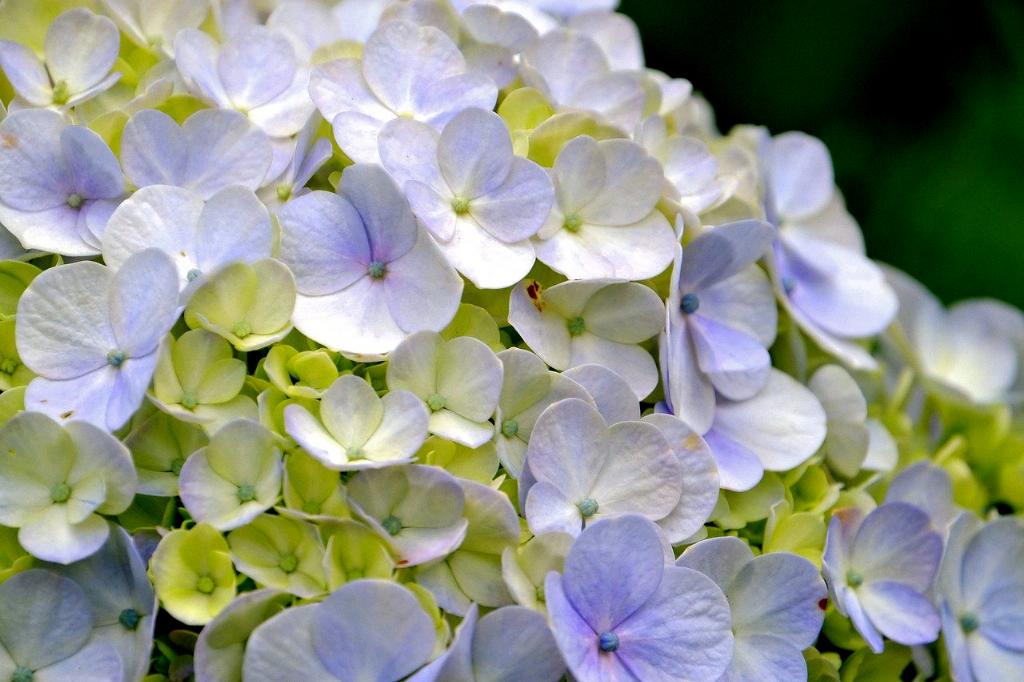Changing the color of hydrangeas can be a fun and rewarding gardening project that allows you to personalize the look of your outdoor space. Hydrangeas are known for their beautiful blooms that come in various shades of pink, blue, purple, and even red. Understanding how to alter the color of your hydrangeas involves a bit of science and some hands-on gardening techniques. In this article, we will delve into the factors that affect hydrangea color, explore different methods for changing the color of your blooms, and provide tips for maintaining the vibrancy of your desired hue.
Factors Affecting Hydrangea Color
The color of hydrangea blooms is highly influenced by the acidity or alkalinity of the soil in which they are planted. Soil pH plays a significant role in determining whether your hydrangeas will display shades of blue, pink, purple, or red. Generally, acidic soil with a pH lower than 6.0 tends to yield blue or lavender-blue hydrangea blooms, while alkaline soil with a pH higher than 7.0 promotes pinks and reds. Hydrangeas planted in soil with a pH between 6 and 7 often exhibit purple or bluish-pink blooms. Another factor that impacts hydrangea color is the variety of hydrangea plant being grown, as different varieties have different color tendencies.
Methods for Changing Hydrangea Color
To change the color of your hydrangea blooms, you can manipulate the soil pH levels to create the desired color palette. For blue hydrangeas, you can lower the pH of the soil by adding garden sulfur or aluminum sulfate. On the other hand, if you prefer pink hydrangeas, you can raise the pH of the soil by incorporating lime into the planting area. These methods help shift the balance of acidity or alkalinity in the soil, resulting in altered pigment absorption by the hydrangea plant and subsequently changing the bloom color. It’s essential to follow specific guidelines when adjusting soil pH to prevent oversaturation or imbalance that could harm your plants.
Tips for Maintaining the Changed Color
Once you have successfully changed the color of your hydrangea blooms, it’s crucial to maintain the desired hue throughout the growing season. Regularly monitoring the soil pH and making necessary adjustments will help sustain the changed color. Additionally, providing adequate nutrients, watering consistently, and ensuring proper sunlight exposure are key factors in preserving the vibrancy of your hydrangeas. By following these maintenance tips, you can enjoy colorful and healthy hydrangea blooms in your garden.

Conclusion
Changing the color of hydrangeas is a fun and creative way to enhance the aesthetic appeal of your garden. By understanding the role of soil pH and utilizing specific techniques to alter hydrangea color, you can achieve stunning blooms in the shades of your choice. Remember to choose the right method based on your color preference, monitor the soil conditions regularly, and provide proper care to maintain the changed color throughout the growing season. With a bit of gardening knowledge and hands-on effort, you can transform your hydrangeas into a colorful botanical masterpiece.
